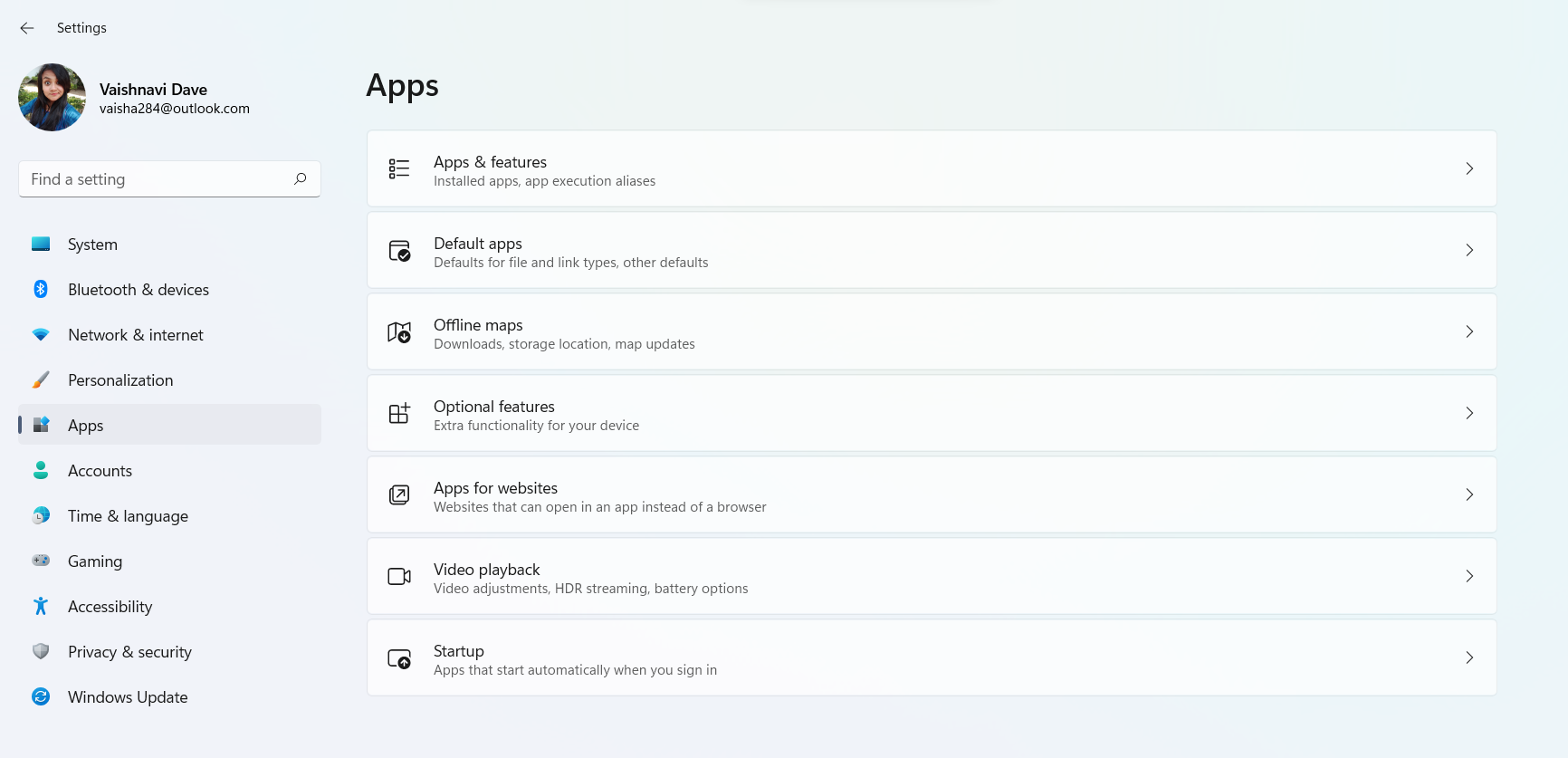
The evolving Android landscape faces a significant shift towards increased platform control and verification. Google is implementing new policies that mandate developer verification for all Android applications, regardless of their distribution channel. This means that even apps installed outside the Google Play Store, through sideloading, will soon need to originate from a Google-verified developer. This move, announced in late August 2025, is poised to fundamentally alter Android’s historically open nature, drawing both praise for enhanced security and criticism over reduced user freedom. According to Google, this is to combat the proliferation of malware and scams. However, the impact of these changes raises the question: Does Google now control app installs on your phone?

The New Android App Landscape
Google’s decision to tighten its grip on Android app installations stems from a desire to enhance security and combat the increasing threat of malware. Google highlights data indicating that sideloaded sources are significantly more prone to malware, with over 50 times more malicious apps originating from them compared to the Play Store. This initiative is being implemented through new policies that require developer verification for all Android applications, irrespective of how they are distributed. This means that even apps installed outside the Google Play Store, through sideloading, will need to originate from a Google-verified developer.
Key Players and Their Roles
Several key players are directly impacted by these changes. Google is spearheading these policy changes, aiming to create a more secure Android environment. Android users, particularly those who frequently sideload apps, will experience the most direct impact. App developers, both those who rely on the Google Play Store and those who distribute independently, will need to adapt to the new verification requirements. Malicious actors and malware creators are also central to Google’s stated justification for the changes, as the company aims to make it more difficult for them to distribute harmful applications.
What’s Actually Changing?
The core change involves mandatory developer verification for all Android applications. Google is also leveraging its Play Integrity API to ensure that apps installed on certified Android devices are from verified sources, potentially rendering unverified sideloaded apps non-functional or severely limited in their capabilities. As reported by TechRadar, Android 15 is also contributing to this by surgically removing dangerous permissions for sideloaded apps. This represents a significant shift in how Android handles app installations, moving towards a more controlled and curated experience.
Timeline and Regional Impact
The announcement regarding these new developer verification requirements for sideloaded apps was made around late August 2025. The new program is slated to launch in specific regions, including Brazil, Indonesia, Singapore, and Thailand, in September 2026, with a broader global rollout anticipated in 2027 and beyond. Developers have the option to request early access to the verification process starting in October 2025. This phased rollout allows Google to test and refine the new system before implementing it on a global scale.
Early Adoption and User Experience
Notably, some prominent applications like Stripe, Uber, TikTok, and ChatGPT have already begun blocking sideloaded versions of their apps, effectively transforming user experience overnight. This proactive approach by major app developers demonstrates the potential impact of Google’s new policies on the broader Android ecosystem. Users who rely on sideloading these apps will now be forced to download them through official channels, or find alternative, verified sources.
Google’s Stated Rationale: Enhanced Security
Google asserts that the primary driver behind these stricter measures is to bolster security and combat the proliferation of malware and scams. According to Republic World, Google likens the new developer verification process to an “ID check at the airport,” aiming to establish accountability and make it considerably more challenging for malicious actors to distribute harmful applications. By requiring developers to verify their identity, Google hopes to create a more secure and trustworthy app ecosystem for Android users.
Addressing Malware Concerns
The company highlights data indicating that sideloaded sources are significantly more prone to malware, with over 50 times more malicious apps originating from them compared to the Play Store. This statistic underscores the potential risks associated with sideloading and provides a strong justification for Google’s efforts to increase security. By focusing on developer verification, Google aims to reduce the number of malicious apps that can be installed on Android devices.
Impact on Developers and Users
This policy shift represents a fundamental transformation for the Android operating system, moving it closer to the “walled garden” approach long associated with Apple’s iOS. For developers, the changes introduce new hurdles, including a one-time fee for an Android Developer Console account and the submission of government-issued identity documents. According to Android Central, Google has indicated that a less burdensome and fee-free process will be available for “students and hobbyists,” though specific details are yet to be revealed.
User Freedom vs. Security
While Google maintains that Android remains an open system, critics argue that the new requirements curtail user freedom and choice, a hallmark feature that historically differentiated Android. Users may encounter situations where apps they wish to install will not function unless they are downloaded through officially verified channels, even if technically still “sideloaded.” This has sparked concerns among power users and developers who value the ability to distribute and install apps outside of Google’s direct oversight. Techlore on YouTube suggests the move is also about increasing Google’s control over the app economy and potentially limiting apps that might bypass its revenue streams.
The Future of Android App Installations
Google’s move to tighten its control over Android app installations marks a significant turning point for the platform. While the company’s stated goal is to enhance security and protect users from malware, the new policies also raise concerns about user freedom and the potential for increased control over the app ecosystem. The long-term impact of these changes remains to be seen, but it is clear that the Android landscape is evolving in a way that will significantly alter how apps are distributed and installed.

